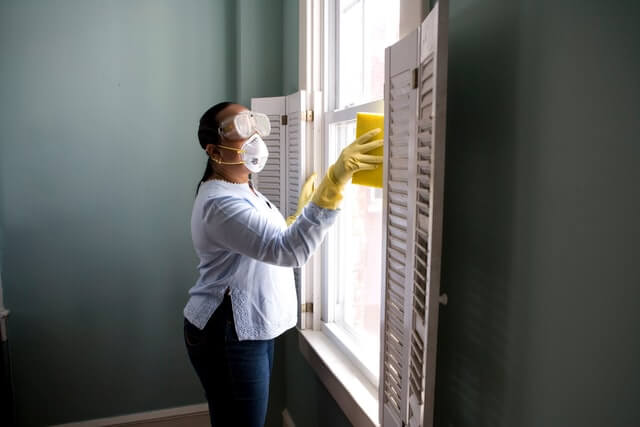Operating a residential rental business is not as simple as collecting rent and earning profit. Landlords invest money not just on buying the property but for operational expenses along the way as well.
Landlords must be aware of what expenses they will encounter and how much they will be spending for them. Some of the expenditures are paid or purchased regularly, like monthly mortgage payments, while some are unexpected, like damage repair.
Underestimating the different costs of operating a rental home is one of the common mistakes new landlords make. Such mistake can lead to several consequences such as:
• Low or Non-profitability. If the total expenses exceed the total rental income, then the landlord will have zero or negative income.
• Unstable Cash Flow. Higher-than-expected expenses could force the landlord to use his emergency fund, making him lose his fiscal flexibility. Cash flow issues are often the downfall of many businesses.
• Serious debt. Lacking the capacity to keep up with underestimated expenses, landlords can put themselves further in debt, especially if they are still paying a monthly mortgage. If the debt becomes unmanageable, the business will suffer, or worse, face foreclosure.

COMMONLY UNDERESTIMATED COST
Vacancies
When a rental home or unit is vacant, it is not generating any revenue, but regular expenses may still be present. That is why the longer the vacancy period, the more losses the landlord incurs. The landlord may only estimate a maximum of one month before the vacancy gets filled, but it would unexpectedly end up unoccupied for 3 to 4 months.
Good thing there are ways to shorten the vacancy period. The landlord can improve the place to make it more attractive to tenants, or the rental agent can publish a listing on Padleads and syndicate it to several popular websites.
Turnover costs
Landlords could pay to move things out of the property, prepare the unit for new tenants, drafting legal agreements, advertising the property, etc. Knowing the usual costs for these turnover processes will help the landlord prepare.
Post-tenancy cleaning and repairs
Some tenants may leave the property with damages after their lease ends. Usually, the landlord can take the cost of repair from the tenant’s security deposit. However, the security deposit is sometimes not enough, or the damage is not legally covered by the security deposit, such as normal wear and tear. The landlord would then have to shoulder the repair costs.

Maintenance
Keeping the property in a habitable condition must be done regularly. Landlords should have a regular third-party maintenance team or a standard maintenance routine to better estimate the total cost of monthly or yearly maintenance.
Unexpected Damages
Damages due to natural calamities like storms and earthquakes can be very devastating for landlords. Such circumstances are beyond anyone’s control. The landlord must prepare funds in case the property gets damaged by natural calamity. He may also get landlord’s insurance, which could cover the repair costs. Both options would require money. However, it is difficult to predict the severity of potential damage, so it would be difficult to estimate how much money to prepare. Landlord insurance may be a better option because of fixed premium rates.
Material for DIY repairs or improvements
Some landlords want to save up costs by not hiring repair and renovation personnel. Instead, they would choose to do the task themselves if they are skilled enough. However, they might underestimate the prices of materials and end up paying more than they would have paid if they hired a professional.

Eviction costs and other legal issues
There are instances when there will be conflicts between landlords and tenants. Even despite thorough screening, some tenants become problematic as time passes. In worse scenarios, it can lead to lawsuits and evictions trials that are stressful and costly for the landlord even if he did not do anything wrong.
Managing Unexpected Costs
Unexpected costs are inevitable. A landlord can manage them by estimating conservatively as much as possible. Always make room for buffer. For example, if the landlord estimates materials for a DIY renovation to reach $300, he must set a ballpark figure of $400 or $450. There’s no harm in it because even if the materials would actually end up costing less than $300, the landlord would not feel bad about it, as opposed to if it reached more than what he expected.